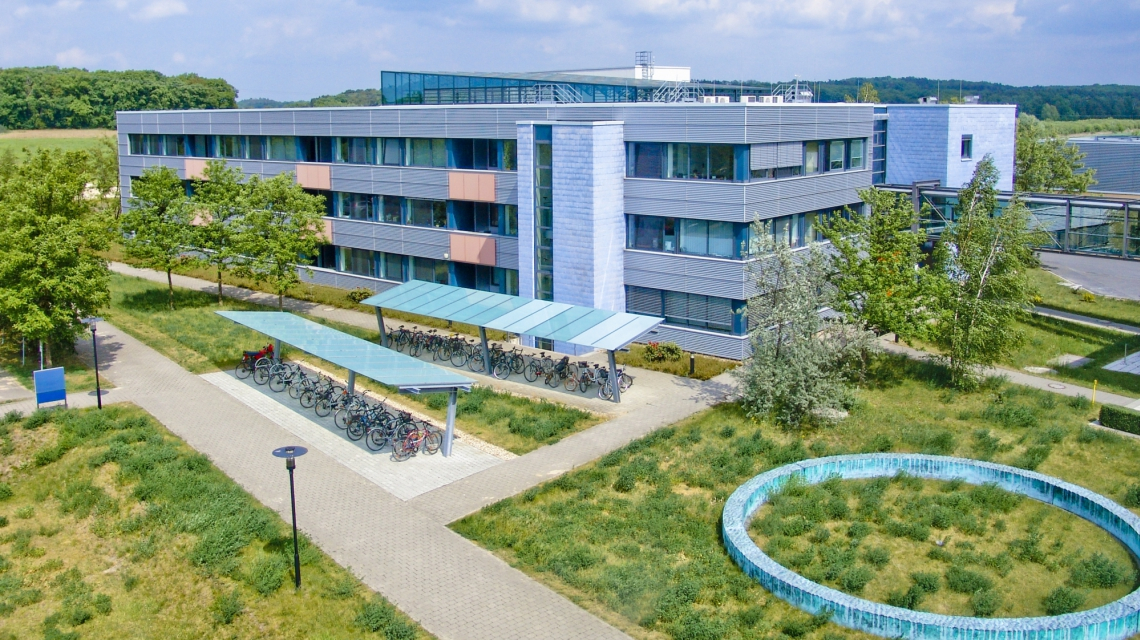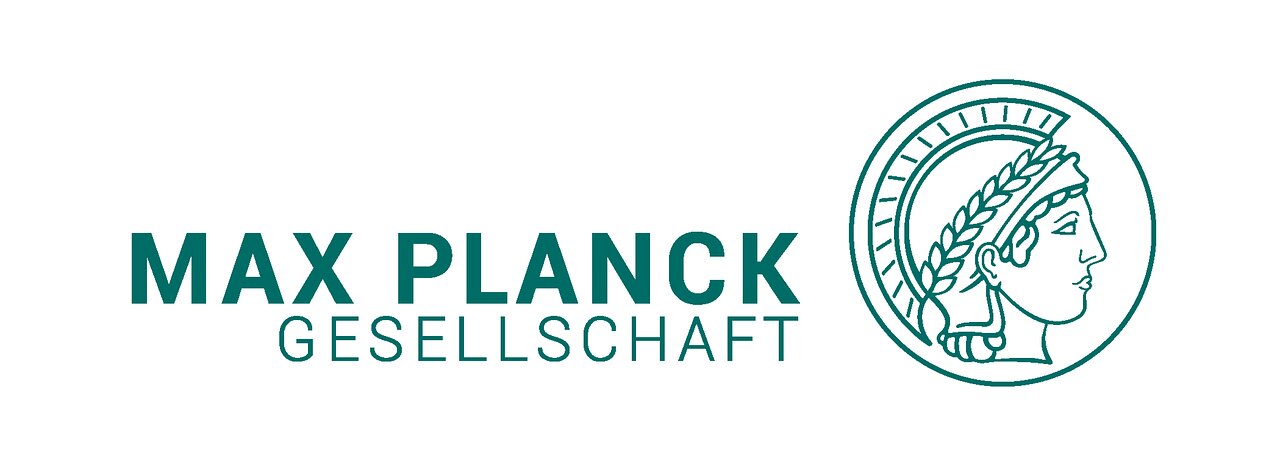
The world on the tiniest scale, the world on the grandest scale – these are the dimensions spanned by the research topics investigated by the scientists at the Max Planck Institute for Physics (Werner Heisenberg Institute) in Munich. The physicists investigate the fundamental questions of physics: Why is there more matter than antimatter? What are “dark” matter and “dark” energy, which make up 95 percent of our universe? How is the mass of matter generated? Is there a unification of the forces?
The physicists of the Max Planck Institute are involved in the world’s biggest experiments, for example the Large Hadron Collider (LHC) particle accelerator at CERN in Geneva, the Gran Sasso underground laboratory in Italy, and the European Northern Observatory on the Canary Islands. In Munich, they evaluate the results of their experiments on their computers. Or they investigate theoretical models relating to the structure of the world and test them in simulations. The researchers also work with technicians and engineers from the specialist technical divisions at the Institute to develop new technologies for the individual components of the experiments.
The Max Planck Institute for Physics is one of the oldest Institutes in the Max Planck Society (previously Kaiser Wilhelm Society). The Founding Director of the Institute was Albert Einstein in 1917. Since 1958, the Max Planck Institute for Physics has been located in Munich and was headed by Werner Heisenberg until 1970. The researchers’ objective was and still is to extend the boundaries of physical knowledge ever further.
You can find more information on the research at the MPI for Physics at Research.
The Max Planck Institute for Physics (MPP) is part of the Max Planck Society. This research organization encompasses a total of 86 Institutes that undertake basic research in a wide variety of fields - from astrophysics through to terrestrial microbiology. Around 90 percent of the funding for the Max Planck Society is provided by the German Federal Government and the Federal States.
The Max Planck Institute for Physics comprises seven Departments, each headed by a Director. All are internationally renowned scientists in their field. Three Departments undertake experimental work; four concentrate on the further development of physical theories. Two current priorities of this research work are the building blocks of matter and the search for dark matter in the universe.
The Munich-based Institute is home to a total of around 330 employees from different countries. More than 200 of them work in the scientific departments as permanent staff, postdoctoral researchers and PhD students. Moreover, there are 120 positions in the technical departments (electronical and mechanical engineering, IT and apprentice workshops) and in administration (as of May 1, 2021).
In 2005, all over the world Albert Einstein and his ground-breaking work from the year 1905, with which he revolutionized physics, were commemorated. In this "annus mirabilis" Einstein, an unknown 26-year old physicist, restated the concepts of space and time by publishing the basics of special relativity (and postulated the equivalence of energy and matter E=mc2 in an annotation to the same work), introduced the quantum nature of light as the explanation for the photoelectric effect (this work is mentioned in the explanatory statement for his 1921 Nobel prize), made an atomistic interpretation of Brownian motion and described a method for measuring molecule dimensions in his doctoral thesis.
The Max-Planck-Institut für Physik (Werner-Heisenberg-Institut) in Munich derived from the Kaiser-Wilhelm-Institut für Physik (KWI), which was founded on October 1st, 1917 in Berlin, with Albert Einstein as its first director. Albert Einstein had in 1915 completed the theory of general relativity there, formulated the theory of absorption and stimulated emission of light quanta - which became the foundation of laser theory - in 1916 and investigated the statistical behaviour of so-called Bose particles and predicted their condensation in the years 1924-25. The latter could be experimentally proved 70 years later. Up to his death Einstein tried intensely but without success to find a unified theory of all physical forces.
Major research work by, among others, Otto Stern and Walter Gerlach, Willy Wien, Lise Meitner and Max Born was funded by the Kaiser-Wilhelm-Institut für Physik, which, until 1938, had no building of its own. After the aquisition of power by the national socialists and beginning hostilities in Germany, Albert Einstein did not return from a visit to the United States and emigrated there. His deputy Max von Laue became the interim director of the institute. 1936 Dutch Peter Debye was appointed to the new institute that had in the meantime been built in Berlin-Dahlem with american funding. Only shortly after, in 1940, after the institute had been put under command of the army ordnance department, Debye emigrated to the USA as well. 1942 the institute was reincorporated into the Kaiser-Wilhelm-Gesellschaft und Werner Heisenberg created director. In 1946 the institute, lead by Werner Heisenberg, started work as the Max-Planck-Institut für Physik in Göttingen and was relocated to Munich in 1958. Later it split up into the Max-Planck-Institut für Physik (Werner-Heisenberg-Institut) and those for plasma physics, astrophysics und for extraterrestrial physics.
(Prof. Dr. Gerd Buschhorn)

Academic Europe, the European career network for Academics, Researchers and Scientists